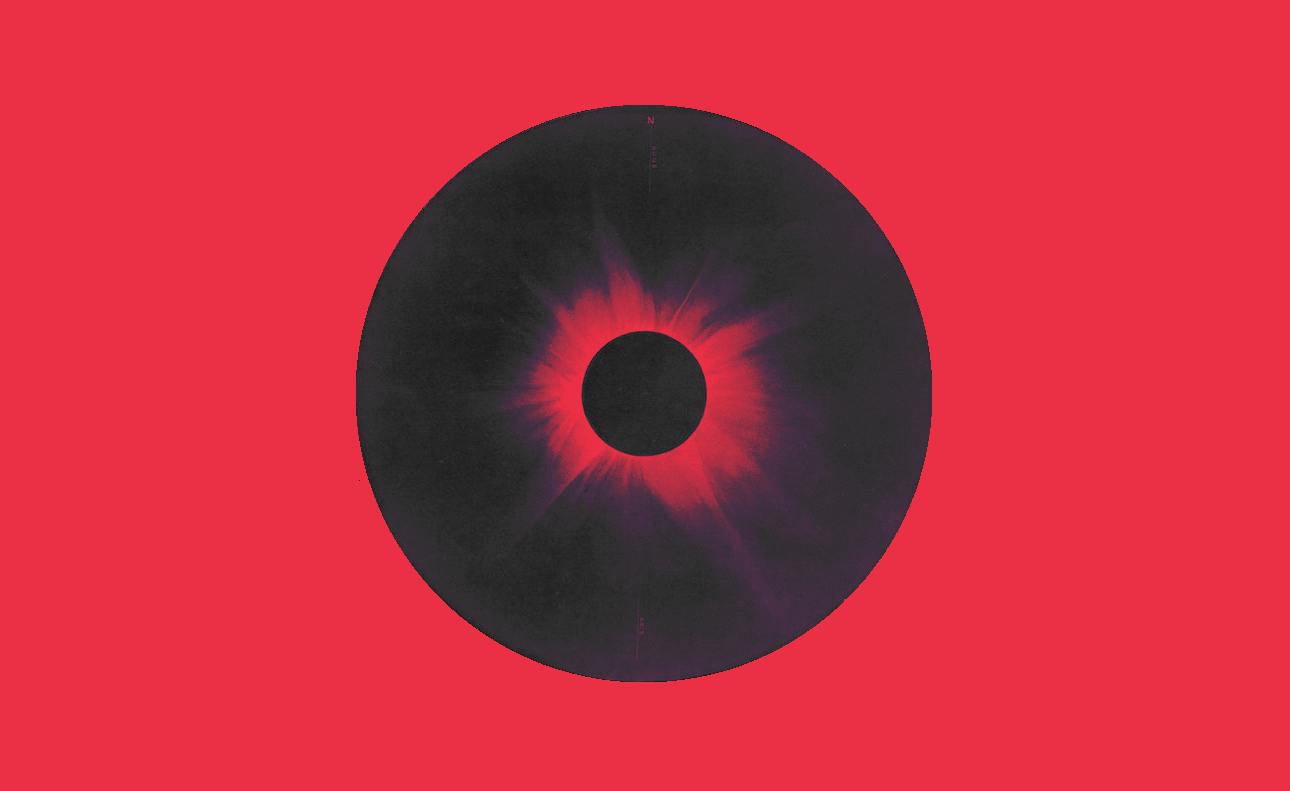
Time as material, pt I
Endless arrays
Time is central to how our lives function. It is a measurable and precise framework. Something to rely on, down to the very second. In this project I want to approach time in a different way. Not as a fixed framework, but as a material that can be shaped. Using Lovable with three.js, and p5.js, I explore different ways to make the flow of time visible and tangible.
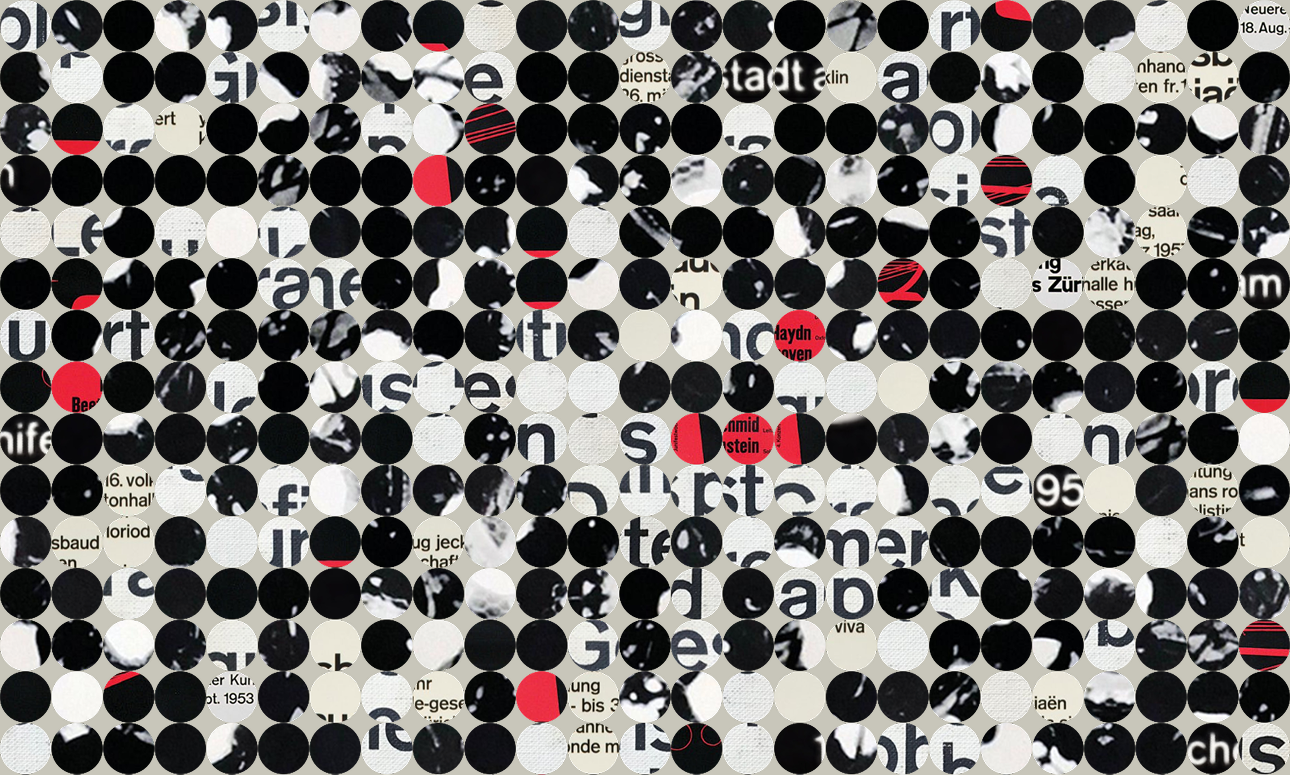
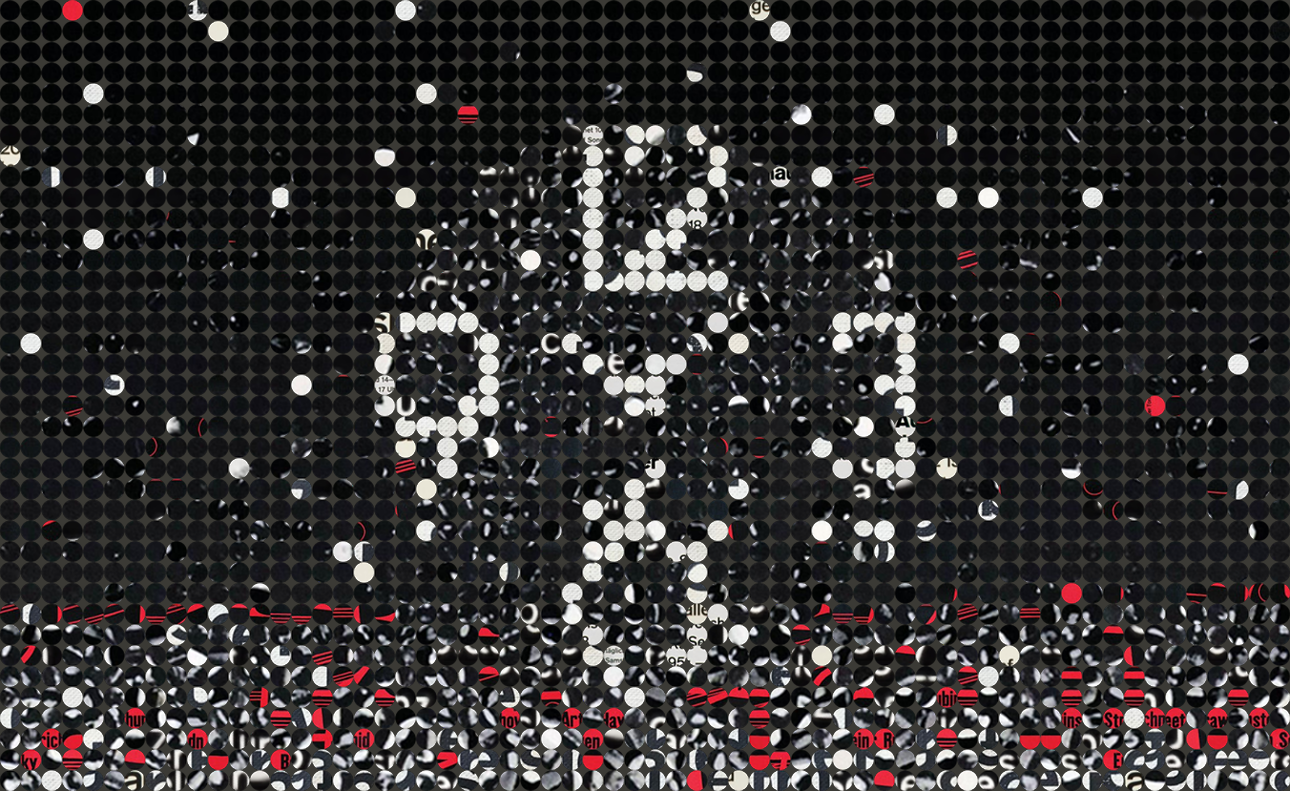
Buildingblocks of time.
Time as graphic composition
Inspired by Josef Müller-Brockmann and his series of Opera posters, I looked at time as graphic compositions. Moments are represented by geometric forms and patterns that grow and shift in density.
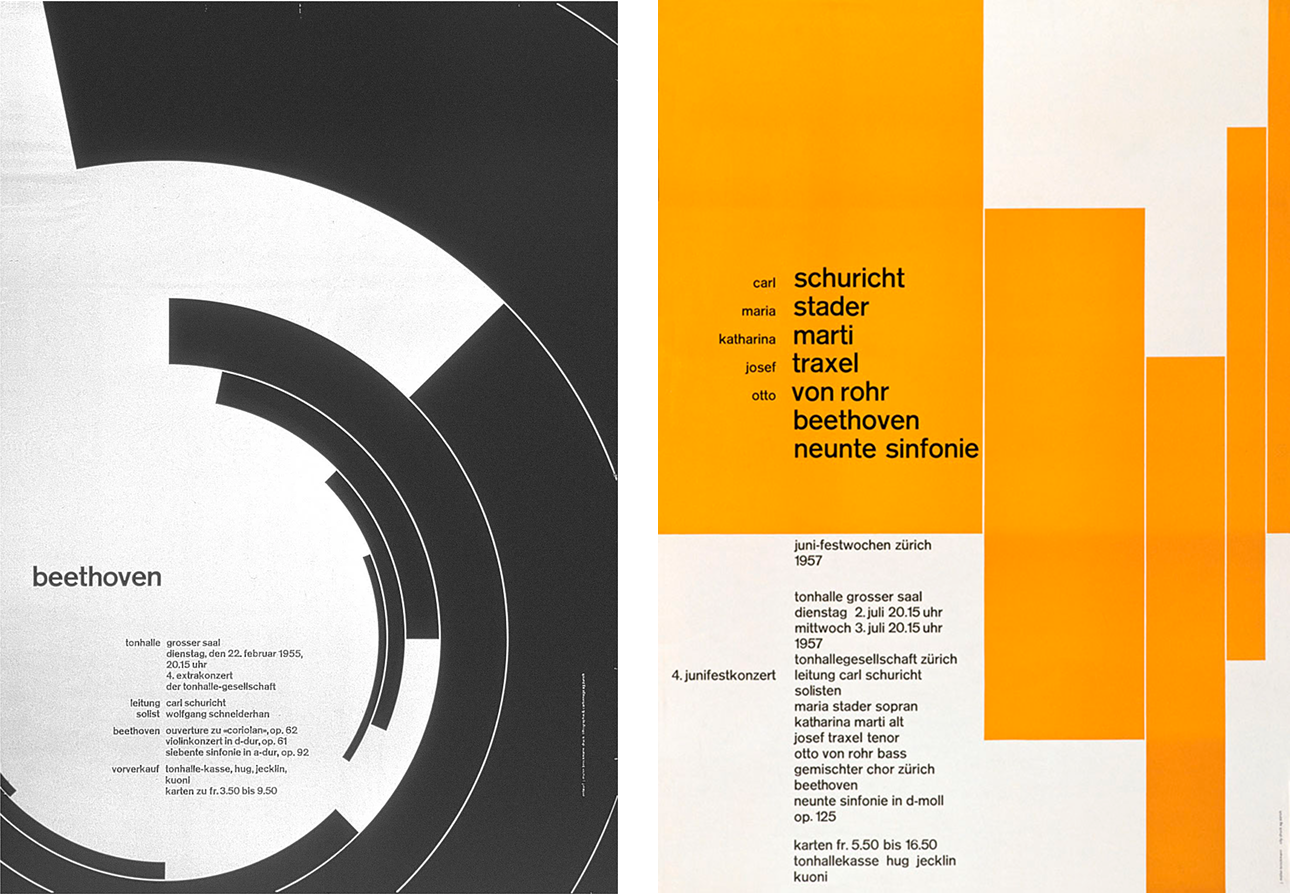
Josef Müller-Brockmann - Opera posters.
The first example is using the composition of the poster Beethoven to divide and distribute time in the circular elements. The units represents seconds, minutes, hours, days, months and years in a Century clock. Next example is using the blocks from the poster juni-festwochen zurich 1957 to present the same concept divided by rectangular shapes defined by time units and their relationship. Century clock 2.
Time as dimensional axes
Using the three spatial axes as analogues for seconds, minutes, and hours, time becomes a three-dimensional form. As time progresses, it generates evolving geometries. Seconds represents length, minutes surfaces, and hours form volumes. In another example time becomes a sculptural entity. Its shape continually changes as time unfolds.

Postmodern time movement.
Time as orbital system
Drawing on planetary orbits, time can be represented as a solar system. Time units become planets with orbital paths echoing moons, planets and the sun. The fleeting moment of a second relates to days and months. I left the development settings open for the user to play around with combinations of colours, scales, orbits and different camera settings.
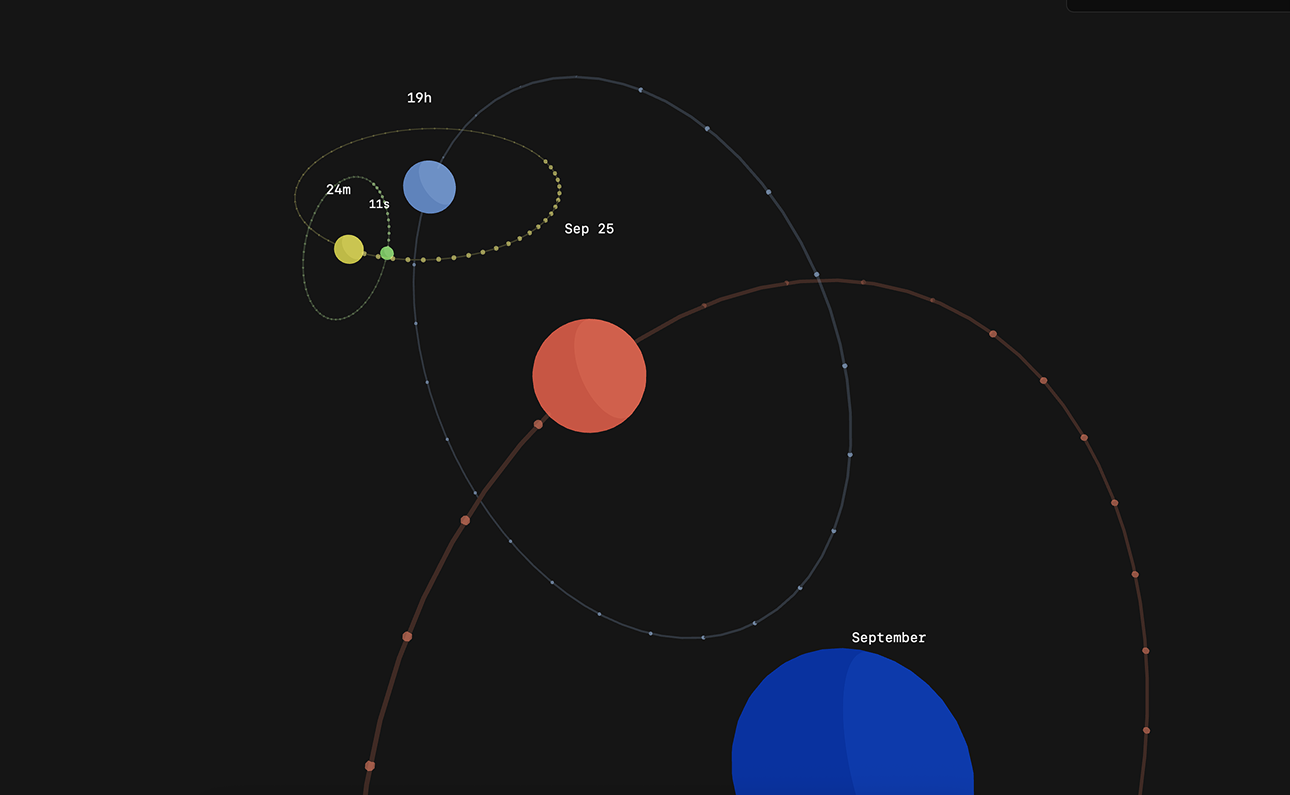
The relationship of times units.
The next experiment builds on the concept of solar eclipse. As time passes during the day the shadow grows larger. The sun goes from light yellow at noon into a dark red as the day comes to an end. The timeline lets you explore the different stages of visualization. In the evening, the sun dies only to be reborn again the following dawn. Time represented by two circles in an endless a cycle.
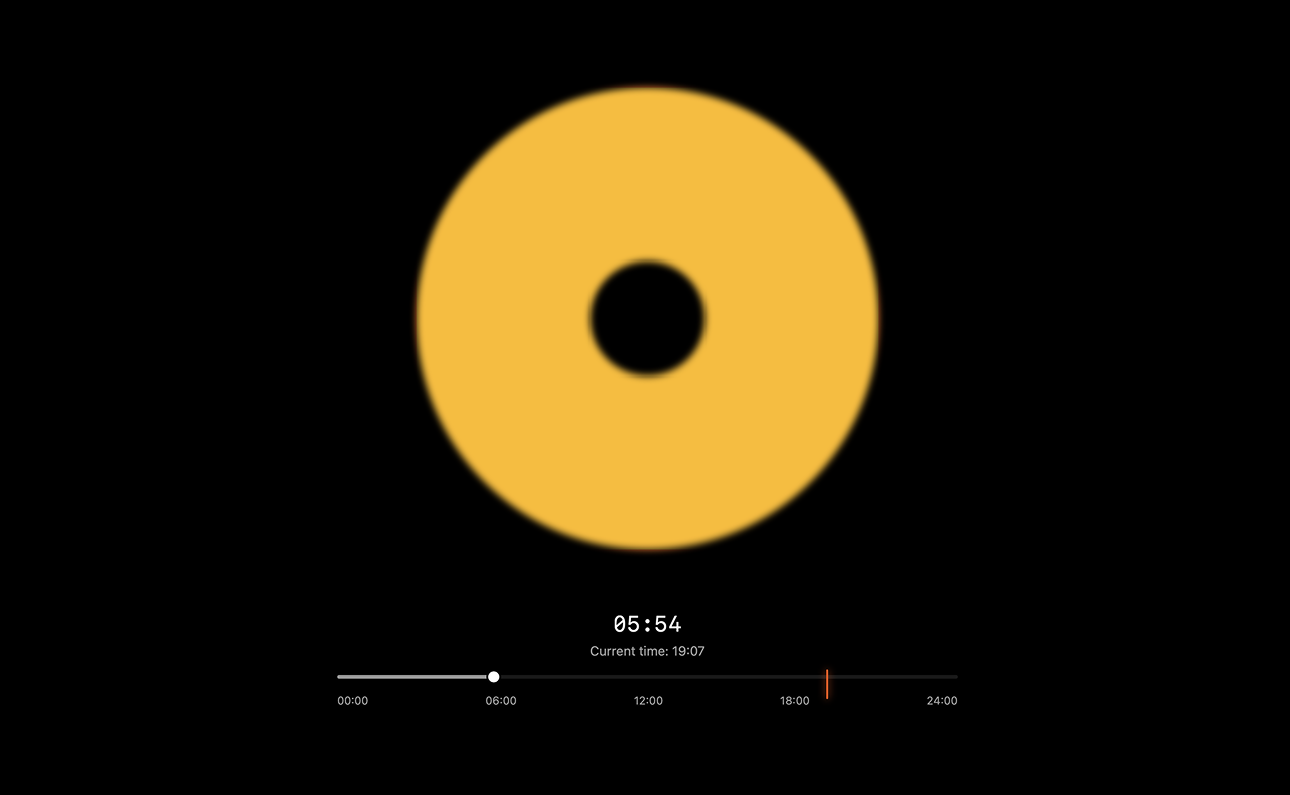
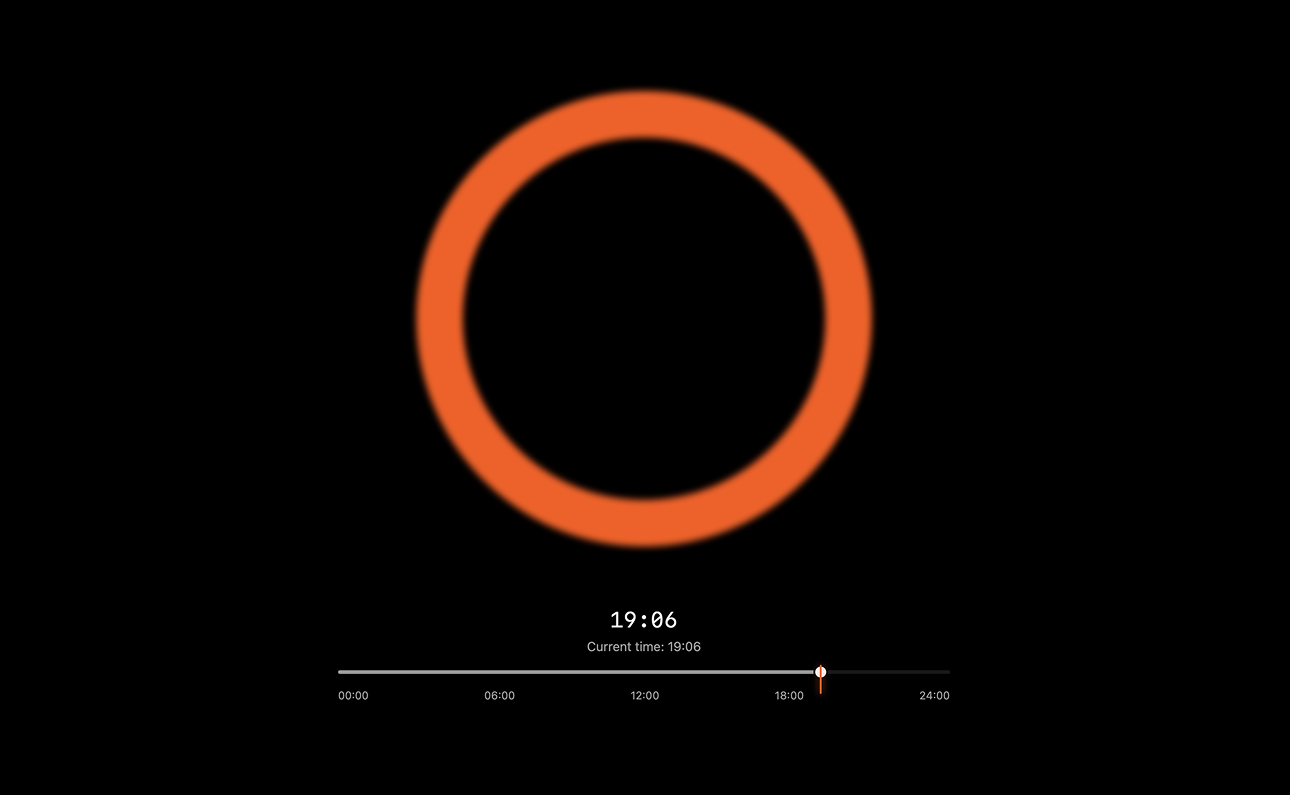
Circles and cycles.
Through these experiments, time is revealed as a material we can see, feel, and shape—an endless array evolving into forms instead of a fixed measure.
To be continued...
Deconstructing fiction ︎︎︎
Patrik Castenbladh 2025